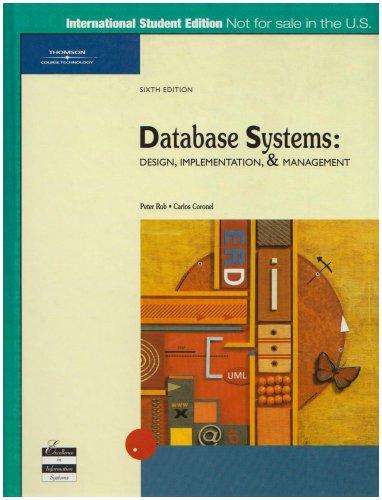

 Use c++ and explain code. Thank you!
Use c++ and explain code. Thank you!
Question 1: 1. Implement the function: int minInArray(int arr[], int arrSize) This function is given arr, an array of integers, and its logical size, arrSize. When called, it returns the minimum value in arr. 2. Write a program that reads from the user a sequence of 20 integers (unnecessarily different from one another) into an array, and outputs the minimum value, and all the indices it appears in the array. Your program should interact with the user exactly as it shows in the following example: Please enter 20 integers separated by a space: 14 5 12 5 6 14 5 12 14 12 14 6 8 7 5 136 9 2189 10 6 The minimum value is 5, and it is located in the following indices: 1 3 6 14 Note: You may want to define additional functions for your program to use. Question 2: A palindrome is a word, which reads the same backward or forward. For example, noon, civic, radar, level, rotor, kayak, reviver, racecar, redder, madam, and refer are all palindromes. a. Implement a function: bool is Palindrome (string str) This function is given a string str containing a word, and returns true if and only if stris a palindrome. b. Write a program that reads a word from the user and announces to the user if it is a palindrome or not. Your program should interact with the user exactly as it shows in the following example: Please enter a word: level level is a palindrome Question 3: Implement following functions: a. void reverseArray (int arr[], int arrSize) That takes arr, an array of integers, and its size, arrSize. When called, it reorders the elements of the array to appear in a reverse order. For example, if arr is an array containing (1, 2, 3, 4], after calling reverseArray, arr will look like:[4, 3, 2, 1). void removeOdd (int arr[], int& arrSize) That takes arr, an array of integers, and its size, arrSize. When called, the function alters arr so that the only numbers in it at the end are the even ones, which should remain in their original relative order. Additionally, the function updates arrSize so it contains the new logical size of the array after removing the odd numbers (note that arrSize is a parameter used both for input and output) For example, if arr is an array containing (1, 2, 3, 4], after calling removeOdd, arr will look like:[2, 4], and the parameter arrSize will update to 2. Notice the values in arr [2] and arr[3] are discarded. void split Parity (int arr[], int arrSize) That takes arr, an array of integers, and its size, arrSize. When called, the function changes the order of numbers in arr so that all the odd numbers will appear first, and all the even numbers will appear last. Note that the inner order of the odd numbers and the inner order of the even numbers don't matter. For example, if arr is an array containing [1, 2, 3, 4], after calling split Parity, arr could look like: (3, 1, 2, 4]. Implementation requirements: 1. In all three functions, you are not allowed to use an auxiliary array (a temporary local array). 2. Pay attention to the running time of your functions. For each one of the functions above, an efficient implementation would run in a linear time (that is (arrSize)). Note: You don't have to submit a main function for this question. You may use the following program to test your functions: #include
using namespace std; Implementation requirements: 1. In all three functions, you are not allowed to use an auxiliary array (a temporary local array). 2. Pay attention to the running time of your functions. For each one of the functions above, an efficient implementation would run in a linear time (that is (arrSize)). Note: You don't have to submit a main function for this question. You may use the following program to test your functions: #include using namespace std; void printArray (int arr[], int arrSize); int main() { int arr1[10] = {9, 2, 14, 12, -3}; int arr1Size = 5; int arr2[10] = {21, 12, 6, 7, 14}; int arr2Size = 5; int arr3[10] = {3, 6, 4, 1, 12}; int arr3Size = 5; reverseArray(arri, arriSize); printArray(arri, arriSize); removeOdd(arr2, arr2Size); printArray(arr2, arr2Size); split Parity(arr3, arr3Size); printArray(arr3, arr3Size); return 0; void printArray (int arr[], int arrSize) { int i; for (i = 0; i


 Use c++ and explain code. Thank you!
Use c++ and explain code. Thank you!





